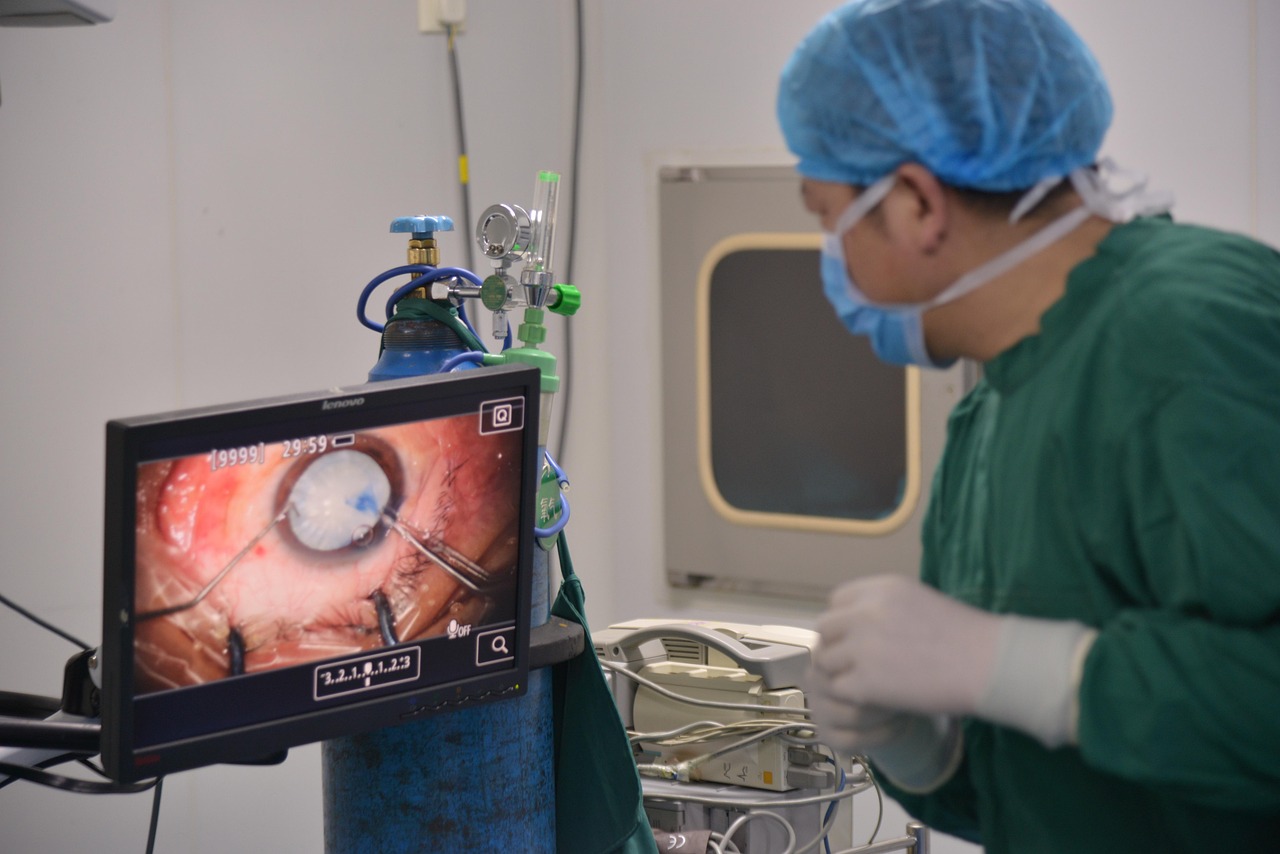The Different Types of Cataracts: A Comprehensive Guide

Cataracts are a common eye condition that many people will face as they age. But did you know there are different types of cataracts, each with its own unique characteristics? Understanding these variations can empower you to take charge of your eye health and make informed treatment decisions Whether you’re experiencing cloudy vision or just curious about this prevalent issue, exploring the different types of cataracts is essential for maintaining clear sight. Let’s dive into the world of cataracts and discover what sets them apart.
Nuclear Cataracts
Nuclear cataracts develop in the central zone of the lens, known as the nucleus. Over time, these cataracts create a yellow or brown tint to your vision. This change can make colors appear less vibrant and may cause difficulty seeing in low light. As nuclear cataracts progress, they tend to harden and become denser. Many people find that their distance vision becomes clearer initially; however, this is often temporary. Eventually, cloudy patches form that obstruct overall clarity. Risk factors include age, diabetes, and prolonged exposure to UV rays.

Cortical Cataracts
Cortical cataracts develop in the outer layer of the lens. They often appear as white, wedge-shaped opacities that start at the edges and can gradually move inward. This type is particularly known for affecting peripheral vision. People with cortical cataracts may experience blurred or distorted vision. The light entering the eye scatters due to these cloudy areas, leading to difficulties with glare and contrast sensitivity. These cataracts are typically age-related but can also result from diabetes or prolonged exposure to UV light. Regular eye exams become crucial as they allow for early detection and monitoring.
Subcapsular Cataracts
Subcapsular cataracts develop at the back of the lens, just beneath its outer layer. They can occur in any age group but are more commonly found in individuals with certain risk factors. These cataracts often manifest as a gradual blurring of vision. Patients may notice difficulties with bright lights or glare, which can be particularly frustrating when driving at night. People who take corticosteroids for extended periods may also face an increased chance of developing subcapsular cataracts. Diabetes and other health conditions can contribute to their formation as well. Treatment typically involves surgical intervention, especially if daily activities become hindered.

Congenital Cataracts
Congenital cataracts are a rare condition that affects infants and young children. They can develop during pregnancy or shortly after birth, often due to genetic factors or maternal infections. These cataracts may affect one eye or both. In some cases, they remain small and may not significantly impact vision. However, larger cataracts can lead to serious visual impairment if left untreated. Parents might notice signs such as unusual eye movements or difficulty focusing on objects. Early detection is crucial for effective management.
Cataracts are a common eye condition that can significantly impact vision. Understanding the different types is crucial for effective management and treatment. Each type of cataract has its own characteristics and progression patterns. Regular eye exams help detect them early, allowing for timely intervention when necessary. Whether through lifestyle changes or surgical options, there are ways to manage this prevalent condition effectively.…


 One of the most important things to look for when buying CBD gummies is the THC content. THC is the psychoactive compound in cannabis that gives users the “high” feeling. While CBD does not have this effect, it is essential to ensure that your gummies do not contain more than 0.03% THC. This is the legal limit in most states, and it ensures that you will not experience any psychoactive effects from the gummies.
One of the most important things to look for when buying CBD gummies is the THC content. THC is the psychoactive compound in cannabis that gives users the “high” feeling. While CBD does not have this effect, it is essential to ensure that your gummies do not contain more than 0.03% THC. This is the legal limit in most states, and it ensures that you will not experience any psychoactive effects from the gummies.

